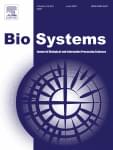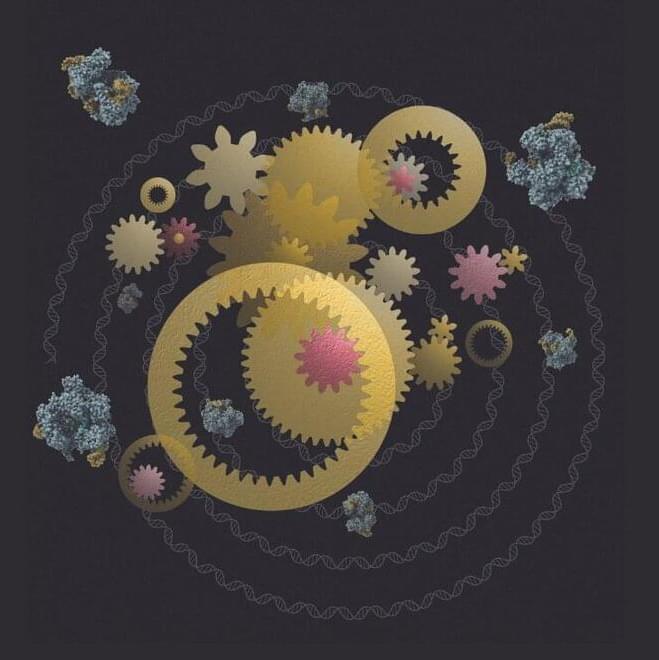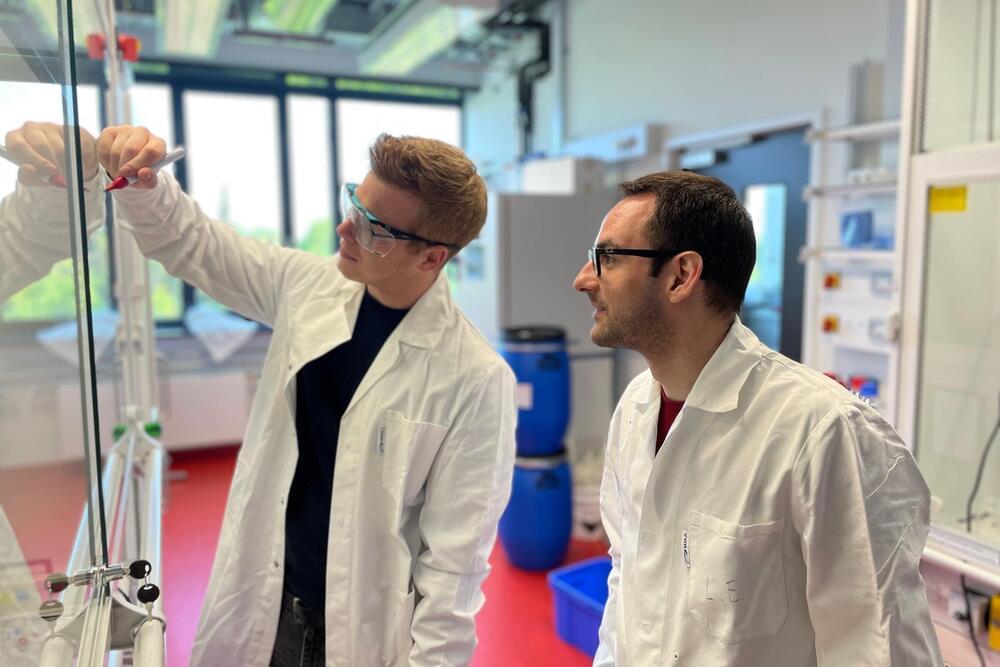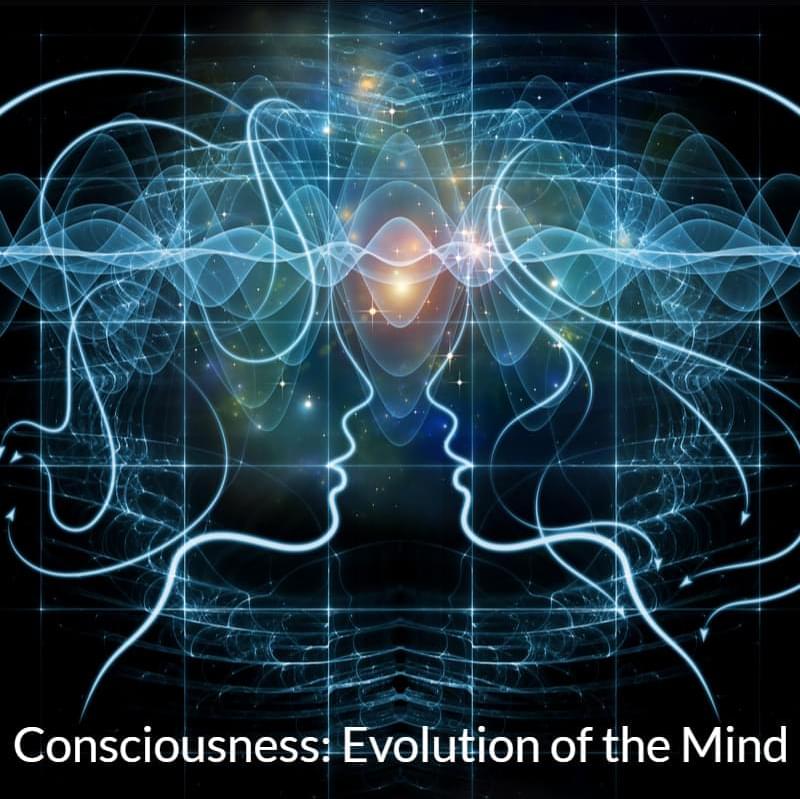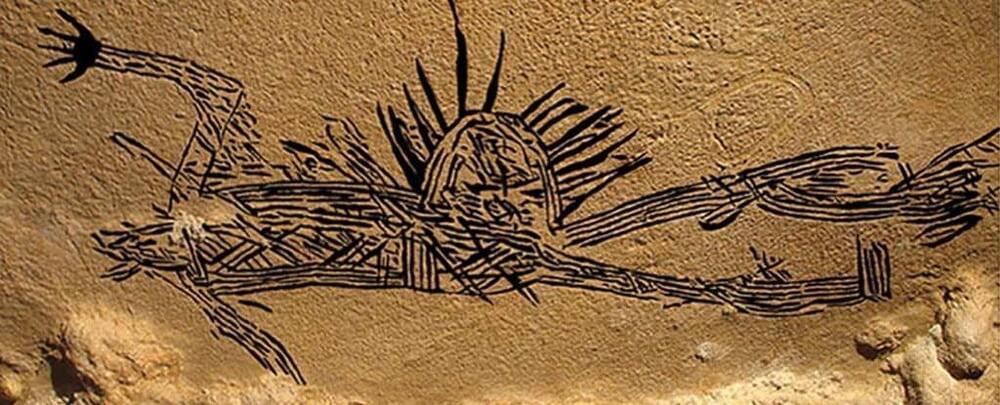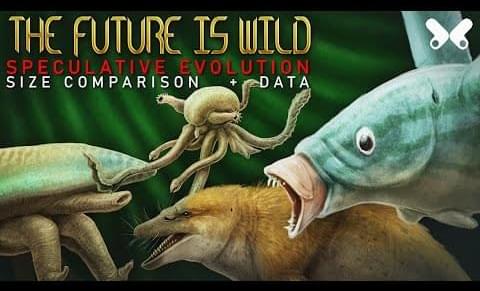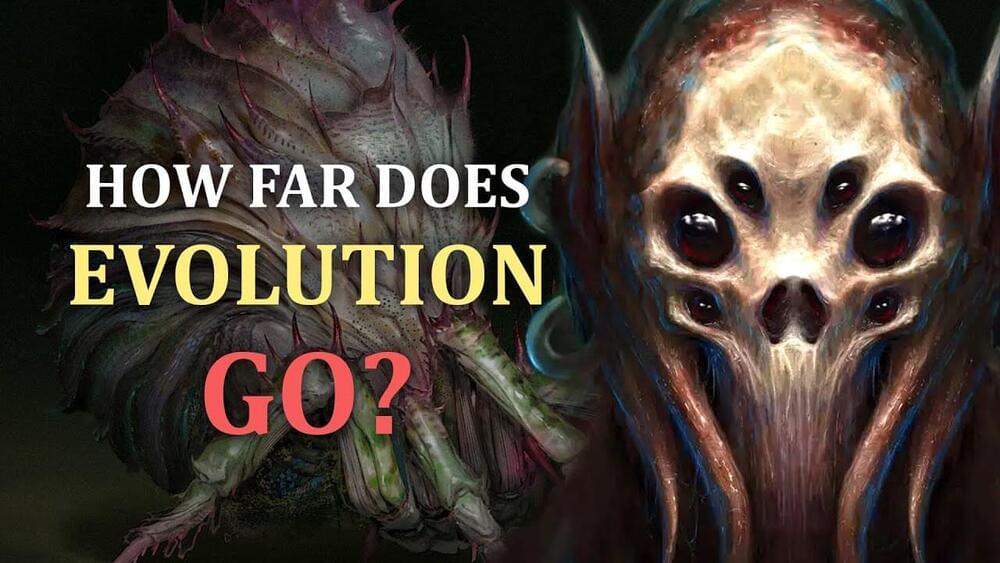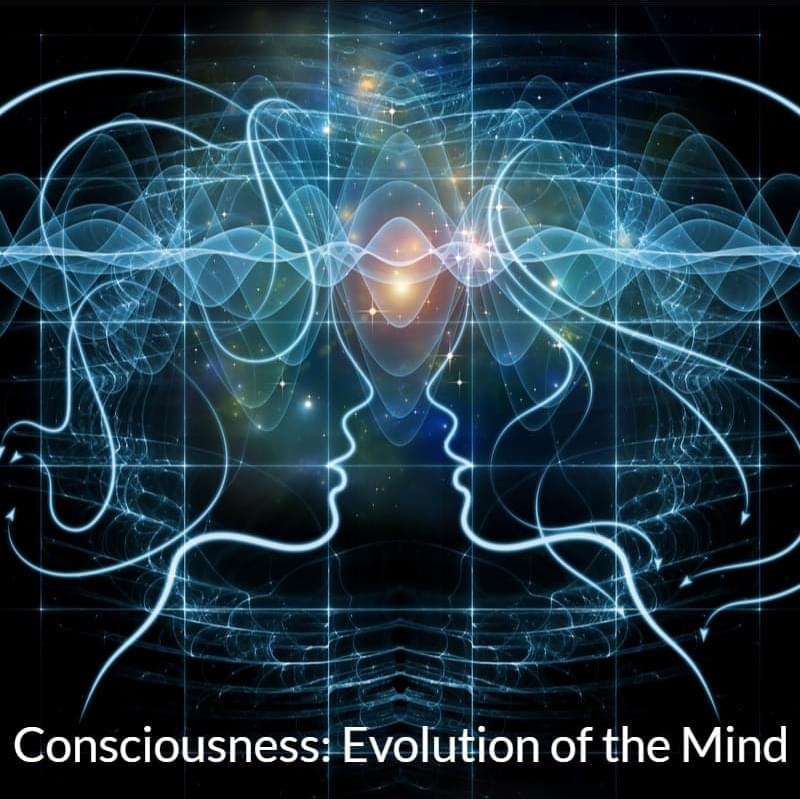A strategy for investigating consciousness that has proven very productive has focused on comparing brain processes that are accompanied by consciousness with processes that are not. But comparatively little attention has been given to a related strategy that promises to be even more fertile. This strategy exploits the fact that as individuals develop, new classes of brain processes can transition from operating ‘in the dark’ to becoming conscious. It has been suggested that these transitions occur when a new class of brain processes becomes object to a new, emergent, higher-level subject. Similar transitions are likely to have occurred during evolution. An evolutionary/developmental research strategy sets out to identify the nature of the transitions in brain processes that shift them from operating in the dark to ‘lighting up’. The paper begins the application of this strategy by extrapolating the sequence of transitions back towards its origin. The goal is to reconstruct a minimally-complex, subject-object subsystem that would be capable of giving rise to consciousness and providing adaptive benefits. By focusing on reconstructing a subsystem that is simple and understandable, this approach avoids the homunculus fallacy. The reconstruction suggests that the emergence of such a minimally-complex subsystem was driven by its capacity to coordinate body-environment interactions in real time e.g. hand-eye coordination. Conscious processing emerged initially because of its central role in organising real-time sensorimotor coordination. The paper goes on to identify and examine a number of subsequent major transitions in consciousness, including the emergence of capacities for conscious mental modelling. Each transition is driven by its potential to solve adaptive challenges that cannot be overcome at lower levels. The paper argues that mental modelling arose out of a pre-existing capacity to use simulations of motor actions to anticipate the consequences of the actions. As the capacity developed, elements of the simulations could be changed, and the consequences of these changes could be ‘thought through’ consciously. This enabled alternative motor responses to be evaluated. The paper goes on to predict significant new major transitions in consciousness.
Category: evolution – Page 100
In biological evolution, we know that it’s all about the survival of the fittest: organisms that develop genetic traits that allow them to better adapt to their physical environment are more likely to thrive, and thus pass down their winning genes to their offspring.
From the longer-beaked Galapagos Island finches studied by biologist Charles Darwin that enabled them to more effectively snatch insects, to the ability of some humans over others to digest milk, the process of natural selection results in genetic differences that give some organisms an edge over others.
New research by University of Toronto Mississauga biology assistant professor Alex N. Nguyen Ba adds an important dimension to our understanding of how genes interact in the evolutionary process.
According to a new concept by LMU chemists led by Thomas Carell, it was a novel molecular species composed out of RNA and peptides that set in motion the evolution of life into more complex forms.
Investigating the question as to how life could emerge long ago on the early Earth is one of the most fascinating challenges for science. Which conditions must have prevailed for the basic building blocks of more complex life to form? One of the main answers is based upon the so-called RNA world idea, which molecular biology pioneer Walter Gilbert formulated in 1986. The hypothesis holds that nucleotides—the basic building blocks of the nucleic acids A, C, G, and U—emerged out of the primordial soup, and that short RNA molecules then formed out of the nucleotides. These so-called oligonucleotides were already capable of encoding small amounts of genetic information.
As such single-stranded RNA molecules could also combine into double strands, however, this gave rise to the theoretical possibility that the molecules could replicate themselves—i.e. reproduce. Only two nucleotides fit together in each case, meaning that one strand is the exact counterpart of another and thus forms the template for another strand.
Does our planet have a mind and agency of its own? This is one of the main questions philosopher and mystic Oberon Zell illuminates in his latest masterpiece GaeaGenesis: Conception and Birth of the Living Earth. Just as we don’t see a bacterium with a naked eye, we don’t quite seem to have an innate ability to perceive the Gaian mind with a “naked” brain. As Dr. Ralph Metzner, Professor Emeritus of California Institute of Integral Studies and Founder-President of The Green Earth Foundation, writes: “Oberon Zell was the first person to conceive and publish the biological and metaphysical foundations of what has become known as the ‘Gaia Theory’ — the unified body and emergent soul of the living Earth… For over 50 years Oberon has been writing and lecturing on Gaian consciousness, and it is high time that he put it all together into a book!” And, indeed, he did.
The newly-released book takes the idea beyond the metaphorical realm postulated by James Lovelock in his “Gaia Hypothesis” and posits that the entire evolution of life on Earth is the literal embryology of a single vast living being — one replicating continuum of DNA and protoplasm. This distinction has significant implications for the subject of this book: The proposition that Mother Earth is a living, sentient being with a “soul” that humans can perceive if they are aware enough to sense it. In essence, the living beings that populate the Earth are cells within a greater macro-organism.
Here’s one of the revelatory passages from the book: To better understand the planet as a living system, we need to go beyond the time scales of human life to the planet’s own time scale, vastly greater than our own. Looked at in this way, the rhythm of day and night might be the pulse of the planet, one full cycle of every hundred thousand human heartbeats. Speeding up time appropriately, we would see the atmosphere and ocean currents swirling round the planet, circulating nutrients and carrying away waste products, much as the blood circulates nutrients and carries away waste in our own bodies.
New details of our past are coming to light, hiding in the nooks and crannies of the world, as we refine our techniques to go looking for them. Most lauded is the reconstruction of the evolution of humanity since our African origins around 300,000 years ago, by analyzing our living and fossil DNA.
Replete with the ghosts of African and Eurasian populations of the deep past, these have been resurrected only through the ability of science to reach into the world of the minuscule by studying biomolecules.
Now, digital analysis of rock surfaces reveals how other ghosts of the deep past – this time from almost 2,000 years ago in North America – have been coaxed into the light.
IM Issue No. 11
Posted in evolution
Oyinkro OhimorOEC is the change.
Oyinkro Ohimor.
Jose Ruben Rodriguez Fuentes shared a link.
The Future is Wild is a series aired in 2002 (official website of the original show: https://www.thefutureiswild.com/) that explored how life could evolve in 3 different time scales: 5,100, and 200 million years into the future. presenting very different possible scenarios.
In these 20 years, some of these creatures would have a different look according to the current knowledge, although most changes are still pure speculation.
Instagram: @mariolanzarensis.
In this video we discuss, Science Fiction book, “Children of Time” By Adrian Tchaikovsky. It’s the best book I’ve read this year by a long shot! It’s about evolution, consciousness, humanity’s future, and more! Also SPIDERS!
Music: Planet Gammu by Jamez Dahl.
Art:
https://www.adammiconi.com/artwork/fantasy-art/
https://cdnb.artstation.com/p/assets/images/images/010/889/3…nia-x5.jpg.
https://www.artstation.com/artwork/v2G1dD
https://www.artstation.com/artwork/alien-spiders.
https://www.artstation.com/artwork/oOZy6q.
https://www.deviantart.com/macarious/art/super-serious-Scientist-812305030
FOLLOW QUINN ON TWITTER: Twitter: https://twitter.com/IDEASOFICE_FIRE
Three-Body Playlist: https://youtube.com/playlist?list=PLRXGGVBzHLUfIzEhovpQJ2ENiNvJoOD2A
“The Earth has entered a radically new era, understood by scientists as the Anthropocene: a time when humanity reckons with massive geologic and biospheric forces we, as anthropos, have set in motion. The agency of Nature and the reality of humanity as a collective geologic force is becoming understood differently, even within the Western paradigm. It is a new world our children will inherit, for if humanity is to survive, we must come into new realizations of our place within the planetary life-support systems. To lay a path for future generations through the evolutionary steps that humanity must now take to learn to live in balance with the planet, science must come to balance with Spirit.” ―Oberon Zell, GaeaGenesis.
#OberonZell #GaeaGenesis #GaiaHypothesis #SyntellectHypothesis #GlobalMind #theosophy #consciousness
In the early 1970s, celebrated philosopher and mystic Oberon Zell was the first to propose the radical idea that the biosphere of Earth was a single living superorganism. His initial article on the subject electrified the emerging modern movement of Earth-based spirituality, generating volumes of correspondence, lecture tours, and further articles in various journals and books.
The excitement was the result of a simple yet profound idea. Imagine for a moment that Earth is alive. Not just teeming with living things, but a living, vital organism encompassing the whole of the planet. This is how Oberon Zell imagines it in GaeaGenesis 0, but it is more than imagination or mere metaphor. GaeaGenesis is the first work to fully integrate the mythological, spiritual, biological, and social history of what has become known as the Gaea Thesis. It builds upon this history by exploring the profound implications of the thesis, which is as significant to our understanding of the world and our place in it as the heliocentric theory of the solar system and Darwin’s theory of evolution once were.
GaeaGenesis culminates five decades of work developing Zell’s thesis, building on his own original ideas as well as those of renowned scientists, philosophers and spiritualists who preceded him. The works of mythologist Joseph Campbell are referenced, as are the studies of psychologist Carl Jung, whose concept of a “Collective Unconscious” ushered in a new understanding of a human-based Global Mind. In addition, GaeaGenesis draws upon the work of Nobel Prize-winner Al Gore to illustrate the emerging realization that climate change affects a vast web of interdependent ecosystems.
Yale researchers can now quantify the factors causing changes in the DNA that contribute most to cancer growth in tumors of most major tumor types.
The new molecular analysis approach brings clarity to a longstanding debate over how much control humans have over developing cancer across time.
The study was published in Molecular Biology and Evolution.
